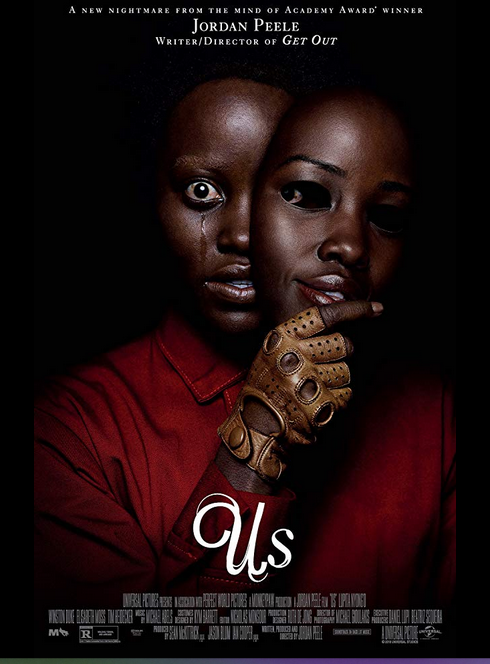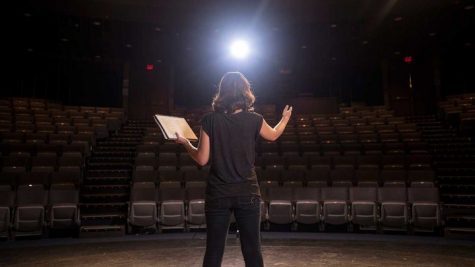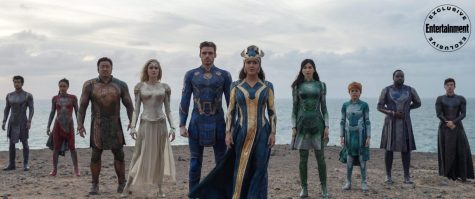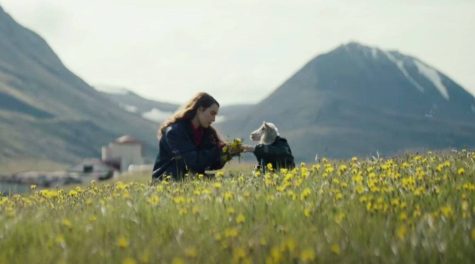Be careful, you might be watching “Us”
The camera zooms in slowly on an old TV displaying a commercial. The screen goes to black before changing to the next commercial, and for a moment we see a young girl (Madison Curry) staring at the screen, taking in every little detail of the images she sees.
This is the opening shot of “Us,” directed by Jordan Peele, whose previous movie and directorial debut “Get Out” took American audiences by storm in 2017. Peele’s “Get Out” made an incredible $176 million on a $4.5 million budget, generated fan theories about almost every detail in the film, and even inspired an entire class revolving around the movie at UCLA. Part of the popularity of “Get Out” came from the creators’ clever translation of racism and racial issues into the horror genre and by using every line of dialogue and each visual detail as a potential clue for the viewer as they tried to figure out what was going on.
After “Get Out,” the bar for Peele’s next movie was high, but “Us” shows that Peele has a lot more up his sleeve than we all thought. “Us” displays Peele’s talent for airtight, meticulously crafted scripts that waste not a single line or visual queue. Every shot in this movie contains something important to both the mystery and the meaning of story, making the experience of watching this movie feel like descending into a world that is both familiar and alien at the same time.
The plot revolves Adelaide Wilson (Lupita Nyong’o), whose husband, Gabe (Winston Duke), and children, Zora (Shahadi Wright Joseph) and Jason (Evan Alex), encounter a family that looks exactly like them. What ensues is a thrilling and terrifying mystery with Peele’s distinctive humor spread throughout.
“Us” invites the audience into a twisted easter egg hunt for the significance of each shot, each line of dialogue and each throwaway detail. Hidden beneath the surface of this movie is a fascinating commentary about social inequality, American individualism, racism, and even city planning, but to see these ideas you need to watch intently.
This movie ends (and I’m not really spoiling anything here) with a glance between two characters. The realization contained in this silent gaze both transforms the meaning of the entire movie and also changes absolutely nothing. What matters is how these two characters react to their mutual realization.
The ending of this movie reminds me of the first shot of the movie with the young girl staring into her own reflection between commercials, and I realize that we watch “Us” in the same way that young Adelaide watches the commercials. We take in all the details, notice every facet, but, just when we least expect it, we see our reflections staring back at us. The glance between us and our reflection could transform everything about our viewing experience or it could change nothing. What matters is how we react when we realize it is ourselves staring back at us.











